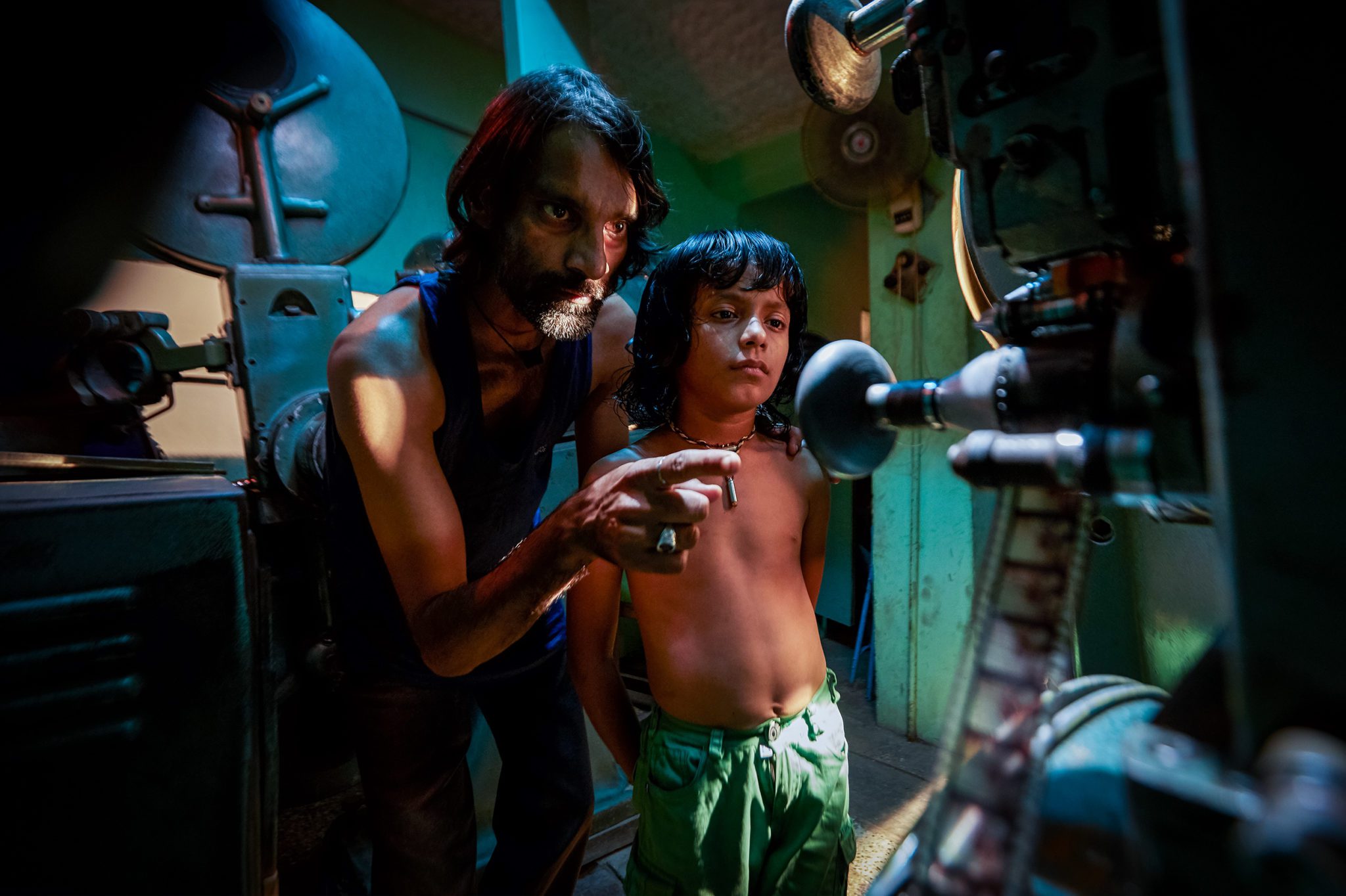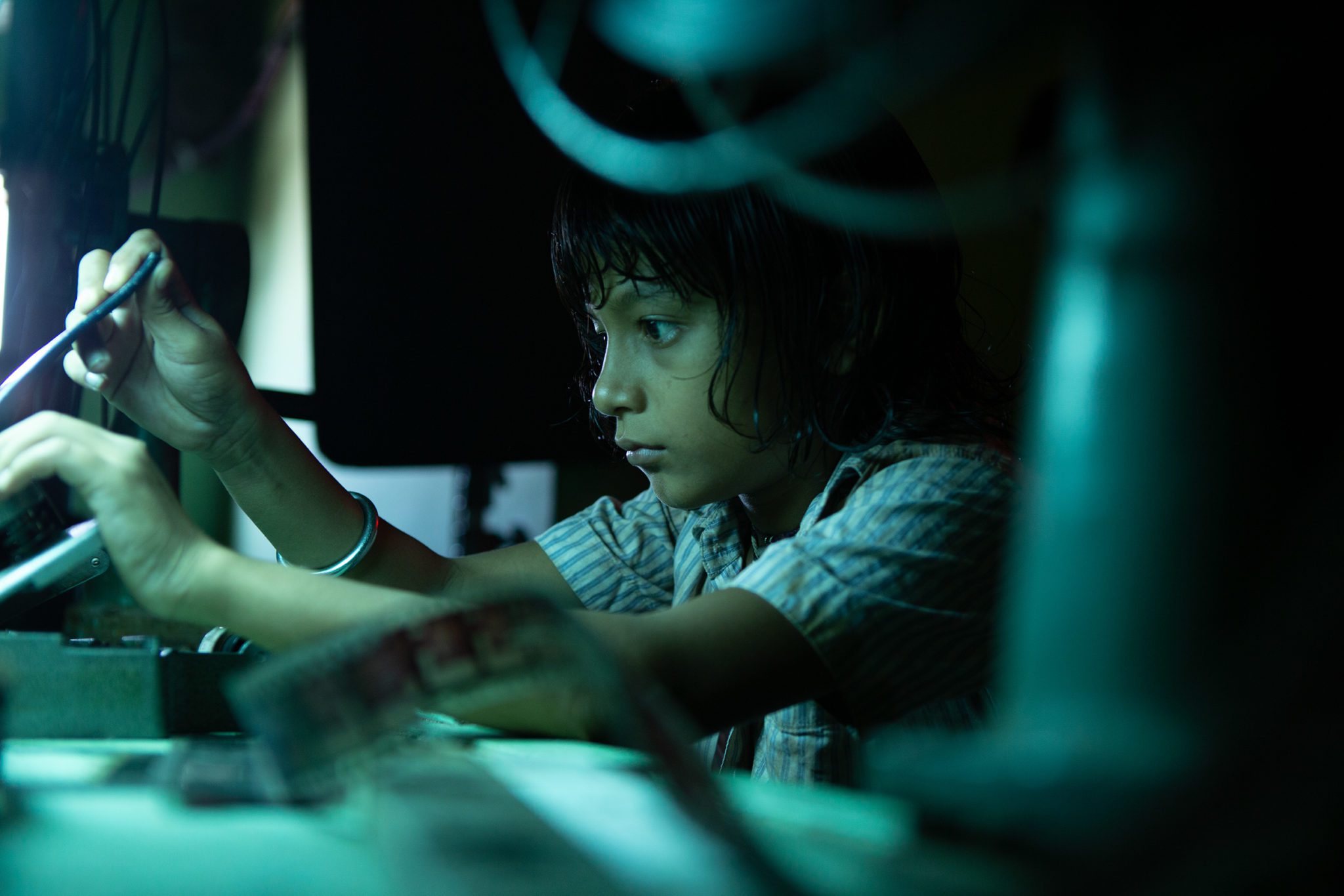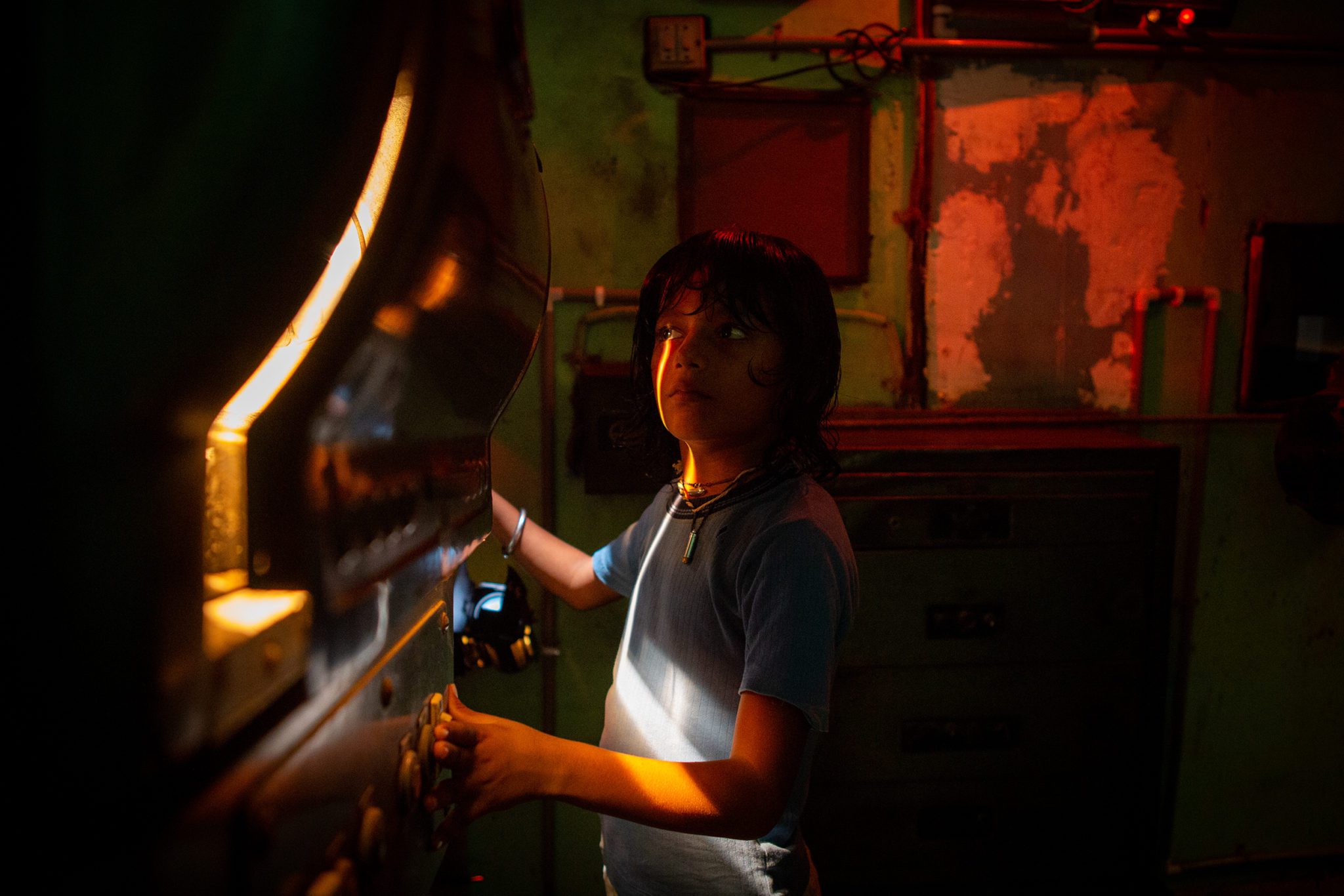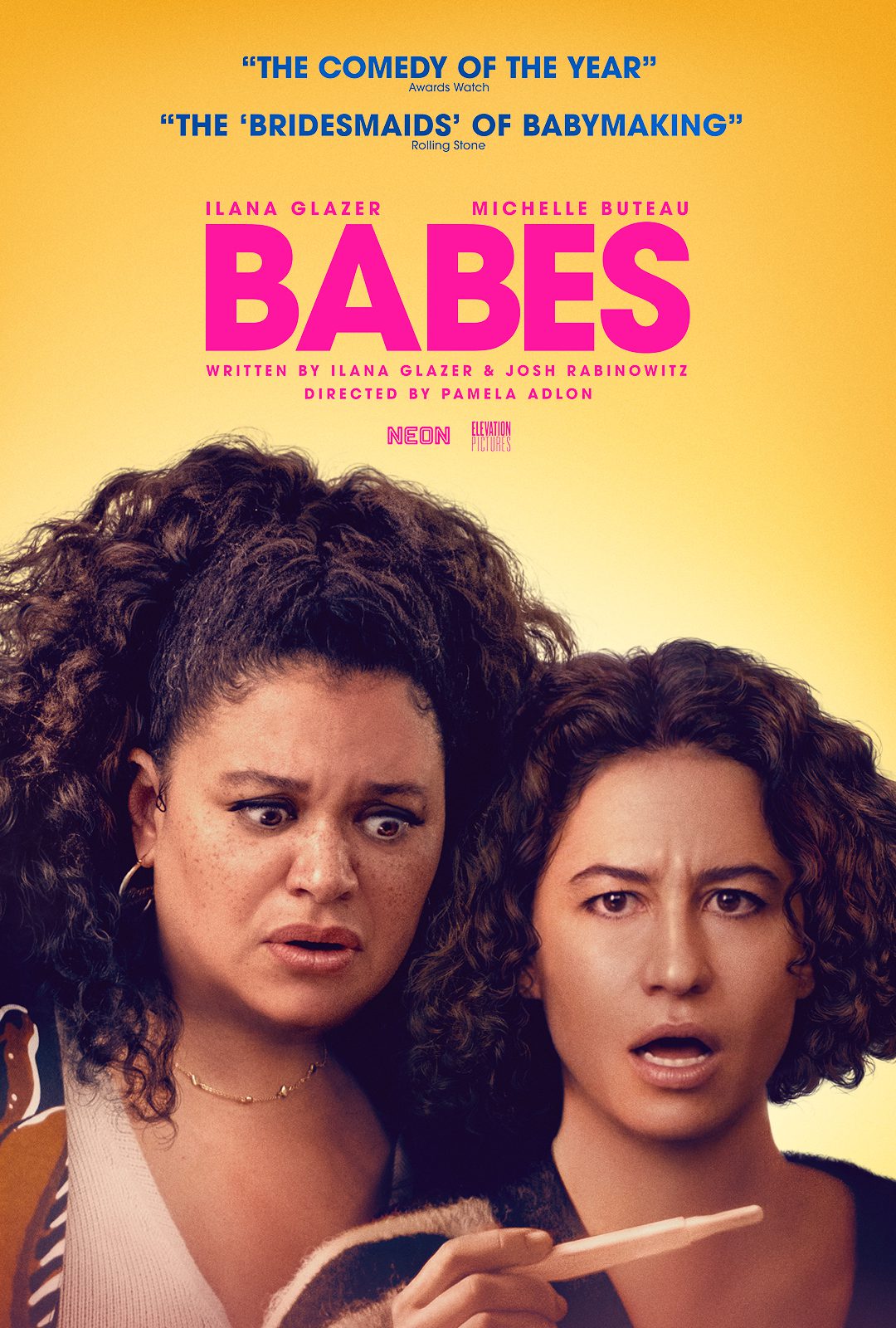
Love for film can be universal.
It’s an idea that many directors clearly believe in as they continue to make films about their childhood. Even so, no one has captured the magic of it all quite like Pan Nail… and he did it in a place where films really are dreams.
Pan Nalin’s latest film, Last Film Show, follows nine-year-old Sanmay as he discovers his love of film in a remote Indian village. It all starts with his first movie theater experience at the Indian Galaxy Cinema. The images that he witnesses are permanently etched into his brain. Immediately, he starts to dream of making movies as his work. He compares filmmaking to the more affluent work of Sanmay’s friends’ fathers, an idea that repulses Sanmay’s father. In the remote countryside, having lost his share of the family’s farm, Sanmay’s father works a tea stand. With a bitter outlook on the world, he declares Sanmay’s love of film to be immoral, physically punishing him for mentioning the idea of working in the filthy world of moviemaking.
However, this only pushes Sanmay to become more and more creative in the ways that he will watch movies. At first, he skips school and tries to sneak into the cinema. Though, when that goes wrong, he strikes up a friendship with one of the projectionists, a lonely man who is enticed by the aroma of the delicious food that Sanmay’s mother prepares for his lunch. The two make a deal to exchange food for film and they are irrevocably changed by their relationship. The film’s characters are forced to make life-altering choices as an era of change in India make its way into their village and forces them to re-examine their outlook on the world.

Nalin tapped into his roots to makes this film as he realized the world of film as he knew it was changing and would never be the same. In a world where a man like him has prided himself in his collection over 35,000 films, a young teenager can claim the same by having millions of films at their fingertips for free. (Also, there’s no way he’s watched all of them, right?) The film reflects this by how much changes around the characters as, even in the ‘pre-streaming’ world of remote India, the arts are threatened, the economic stance of its community is changing, and theatre is on the fritz. There’s a lot of potential allusion that Nanlin was likely thinking about as he penned the script. From the magic and fragile state of film to his childhood memories and the state of his hometown, what comes through is a reflection on family. Indeed, Nanlin has said as much in his interviews, citing his father’s employment selling tea on a remote railway and his mother’s excellent cooking, which provides the key point of connection for both the story and the emotional connection of an audience.
This is, of course, still a movie he made for cinephiles as he sprinkles in references to the Lumiere Brothers, Muybridge’s original motion picture, Kubrick’s 2001: A Space Odyssey and Lean’s Lawrence of Arabia. Nanlin clearly has a love for this era of films where cinema was a special medium that was unique and strange for both young kids and aging adults. Clearly, Nanlin has a cynical view of today’s media landscape as he sees film schools and YouTube videos as places where students learn to provoke reactions instead of providing connection to a Story. Even so, he acknowledges that there is still potential and promise in this increasingly narrow landscape. In our recent interview with him, Nalin said that “Everyone might have gotten access to a pen, but not everyone was able to tell a great story with it”. He clearly felt this film would be marking the end of era for this kind of coming-of-age discovery of a love of film, but he knows that storytellers will keep changing to have their voices heard.

Nanlin’s efforts to achieve that vision are well heard in this film as he gathered a quality cast for his story. I was particularly impressed with Bhavin Rabari as Sanmay who seamlessly brings the sense of awe, ambition and meekness that was needed for the character. He confidently executes emotional scenes to fit the scene yet remains a kid who is discovering everything for the first time and he brings us on that journey. The other aspect that I was taken with was the cinematography, which Nalin said needed to be told with lyricism and light and he executed it well. With Director of Photography Swapnil Sonawane, they looked to create rhythm in their camera movements and the corresponding angles that you’d see in the edit. They worked hard to make the light both natural and ‘manufactured’. It’s what makes a lot of his scenes particularly striking despite the lack of lighting from kit, tools that usually define a film’s look. Instead, Nanlin executes a minimalistic realism which pulls the optimal amount of style from its more ordinary frames as we see Samay explore the world around him, both in the open valleys and closed walls of the cinema.
Last Film Show is available in theatres on Friday, April 7th, 2023.



